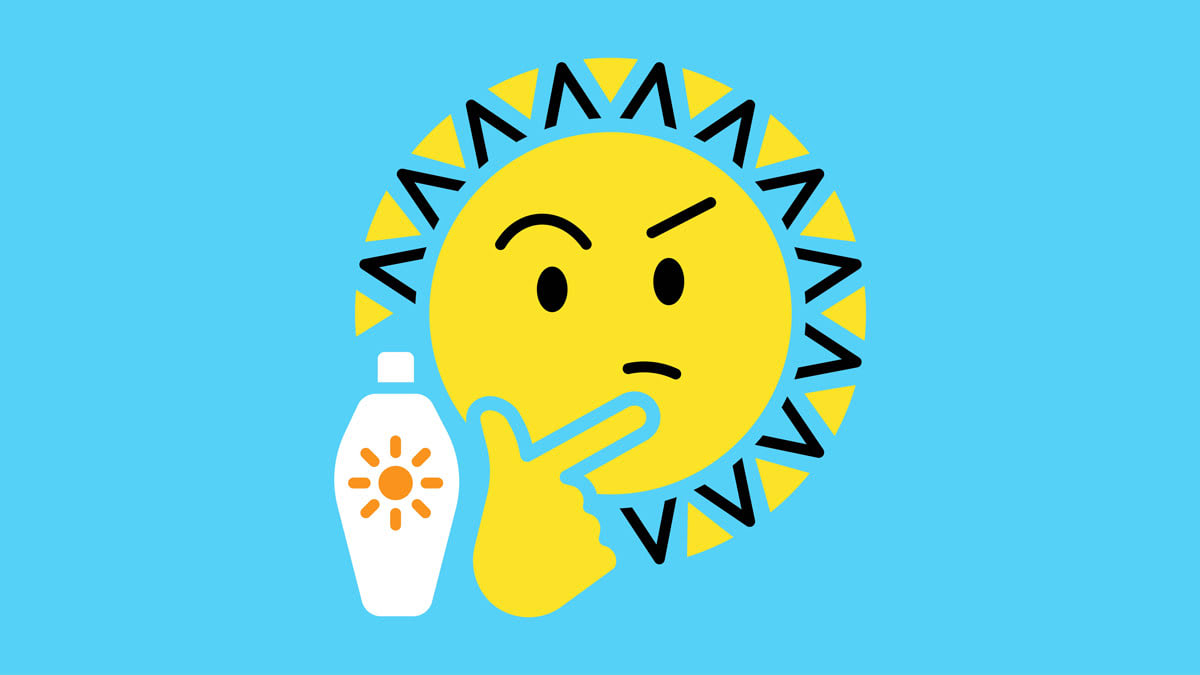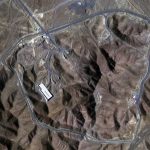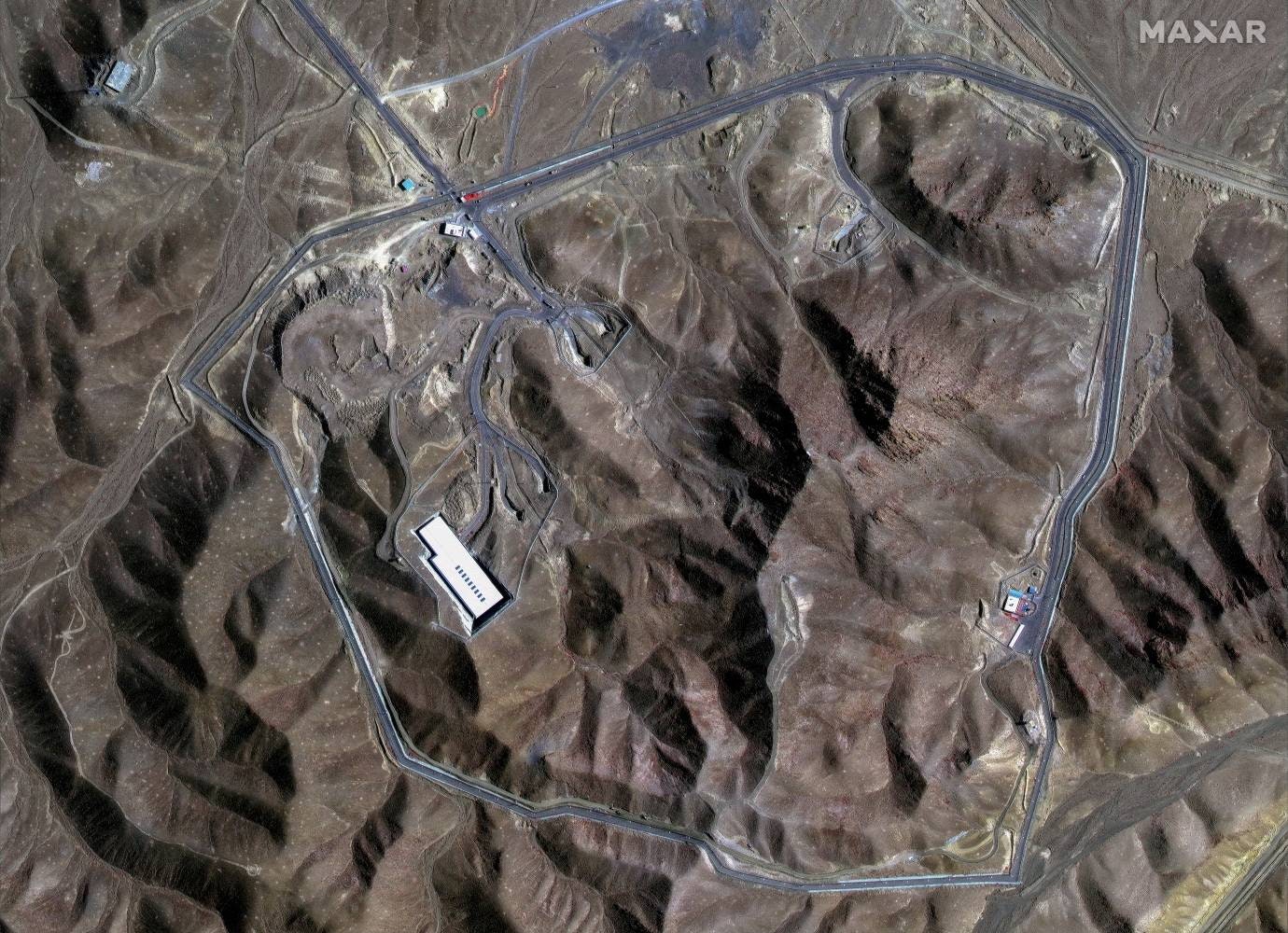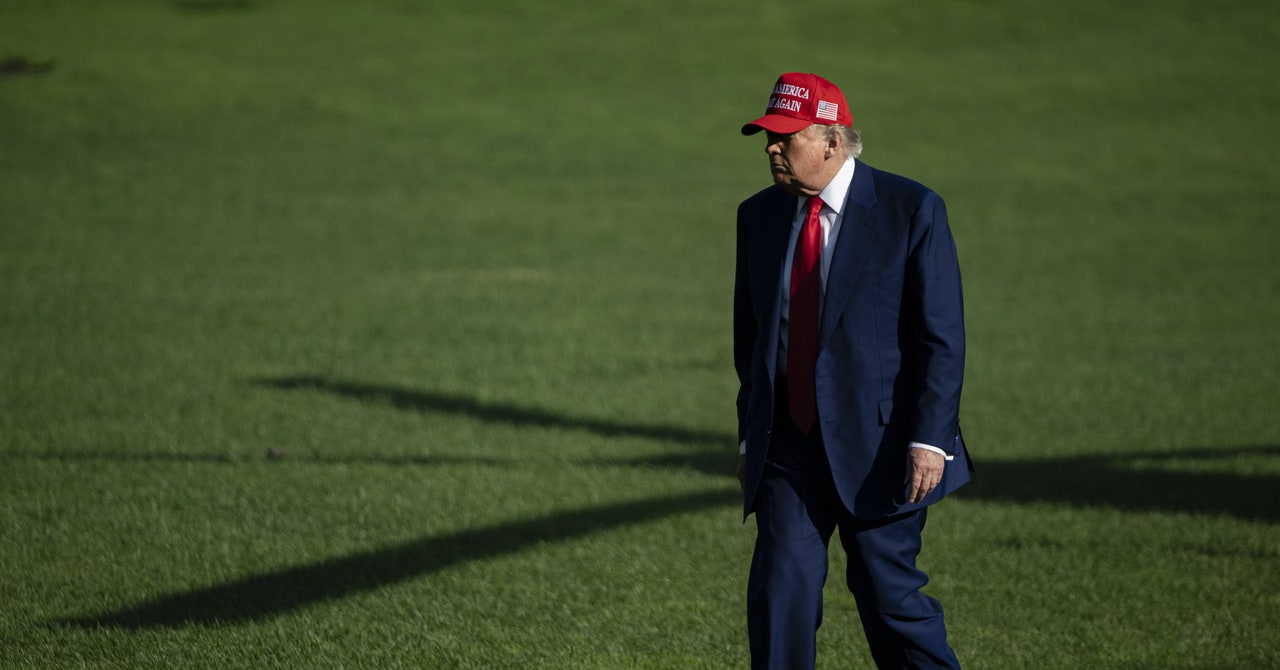
SPF—or sun protection factor—is a measure of how well a sunscreen guards against sunburn. The SPF number is usually explained as the amount of time it takes for skin to turn red while wearing sunscreen. For instance, if you burn in 15 minutes, an SPF 30 would theoretically give you 450 minutes of protection from the sun (15 minutes, multiplied by 30 SPF, equals 450 minutes).
While that’s true to a point, the UV dose plays a big factor. The same 15 minutes of sun will result in a very different UVB amount depending on location (sea level vs. high altitude, for instance), time of day—UVB rays are the strongest between 10 a.m. and 4 p.m.—time of year, and the amount of cloud cover.
An SPF 30 isn’t twice as protective as SPF 15, says Mona Gohara, MD, an associate clinical professor of dermatology at Yale University. In fact, it only blocks 4 percent more rays than an SPF 15 sunscreen, as shown in our chart. And no sunscreen, not even one with an SPF 100, screens out all UVB rays.









